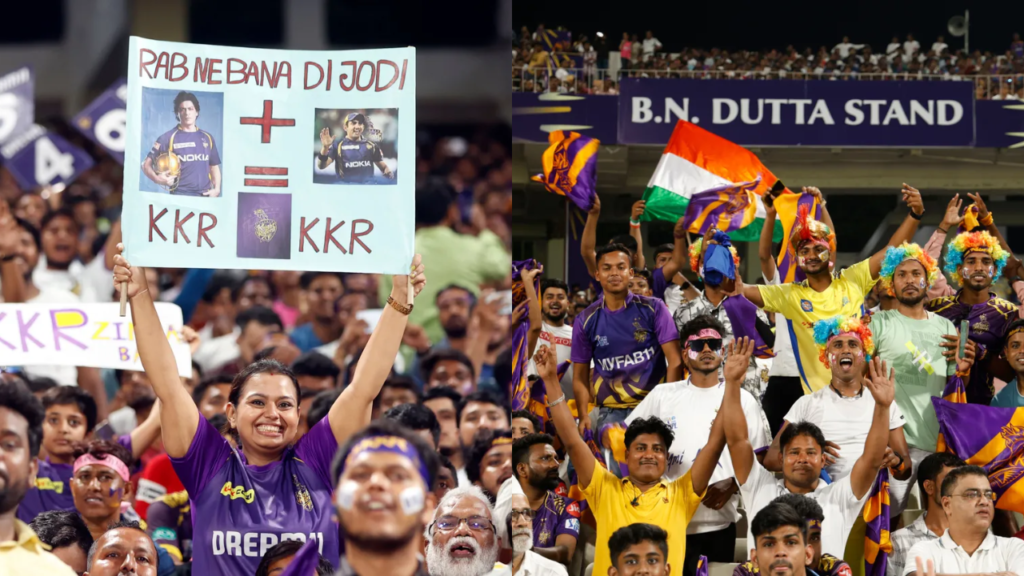
It’s a clinic with dialysis facilities in southern Kolkata. The place is busy. This treatment is provided to the patients in multiple shifts. There are about 10 beds in the main dialysis unit. The walls have TV sets hanging from them. Mostly, it’s Bangla soaps and news or Animal Planet. For about two months every year, all the TV sets are tuned to the Indian Premier League (IPL).
Even though present at the inaugural Indian Premier League (IPL) match in Bengaluru on April 18, 2008, things happened at too frenetic a pace for me to comprehend. People were left in three states that night — enthusiastic about the future of IPL, pessimistic and confused. Pretending to be something else, I belonged to the third category.
Seeking the opinion of co-workers at the organisation I was with at the time seemed to be a good option. All of them working in sports, I thought they should be able to provide perspective. I ended up getting more confused. Everybody realised that this unprecedented bombardment of filmy glamour and cricketing climax was an instant rage. Nobody had an idea of its pervading power.
A debate had started at the Chinnaswamy Stadium press box that opening night. Some senior journalists, including my boss Pradeep Magazine, were not sure if this could compete for space with ‘Saas Bhi Kabhi Bahu Thi’ or Hindi TV serials of the kind on primetime TV. Well before I started visiting the dialysis centre with my late parents in 2015, this debate had been settled.
Over the years, the IPL created a new set of female fans, mostly young, who do not watch any other kind of cricket. There are platoons of urban schoolchildren, for whom sports means European football leagues and IPL. I have seen young men and women from the north-eastern states crazy about football turn up for IPL matches. Even those who dislike IPL watch it at times.
However, I saw the biggest example of how deep the IPL can reach at home. My mother used to follow cricket, without always watching every game or discussing it. She started cutting out newspaper pages carrying the IPL schedule and sticking them to the door in the room where the TV was. Her evenings usually meant Bangla serials. During IPL, those became a distant second.
It’s something to become an IPL convert when younger, because it’s easier to accommodate a paradigm shift in your system until a certain age. For my mother, a gradual change in the content of TV viewing happened when she was nearing 70. Looking for an answer to my question, I had spent hours doing several things. I had no clue it was there in the drawing room of our house.
Breaking records with deals over broadcast rights every time they are sold and becoming one of the richest leagues in global sports despite two teams getting penalised for betting, the IPL is recession-proof. It’s immune to a pandemic that deferred the Olympics and European football championship. To say fans make this madness possible is simplistic, but they play a big role in IPL’s pervasiveness.
For More Sports Related Information Click Here



